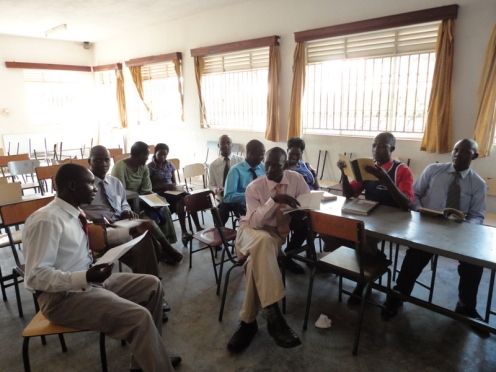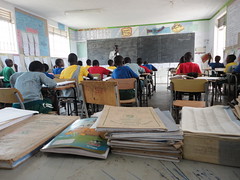The Leopard and the Lion
Part of the Level 1 classes for LEU is to read and discuss the book, The Boy Who Harnessed the Wind. It is a great autobiography by a man named William Kamkwamba. He grew up in Malawi, Africa. His town did not have electricity. Their agriculture was completely dependent on the rainy season. He was a young man whose family could not afford to send him to secondary school; however, that did not stop him from achieving the education he needed to change his country. He gained that education through the library and hands on experience. He did this as a young man. It is an amazing story that inspires me to look for solutions rather than wallow in the problems that we all see around us.
In the first chapter, William shares with the reader his family’s tradition of gathering around their father after dark to listen to him tell folk-stories, tales of magic, and the history of their people. I would like to share in my own words one of the stories in the book as well as what I learned from it.
The story is called The Leopard and the Lion.
A little girl is walking through the jungle when she becomes very tired. She sees a small home and asks the man there if she might rest in the safety of his home. He allows her to sleep on his bed, but as soon as she falls asleep, the man runs to his friends the lion and the leopard. He hopes that by offering the girl to the leopard and lion he will gain their favor and secure his safety in their territory. He tells the animals that a little girl is sleeping in his hut. He recommends that they come and eat her. The leopard and the lion heartily agree and accompany the man back to his hut. While the man is away, the little girl wakes up refreshed. She cannot find the man to thank him, so she writes a note and leaves it on the table. The little girl leaves to continue her journey. When the man and his animal friends arrive, the man tells them to wait outside while he brings them the girl. He enters the home and finds the bed empty. He looks all over and eventually finds the note. Terrified that the animals will be angry with him, he hides in a pot. The leopard and lion tire of waiting and enter the home. They eventually find the man and pull him out of the pot. He tries to explain, but they have no patience for his excuses. Their appetites have been whetted, and they quickly devour him.
Williams father explain that the moral of the story is that if we seek misfortune for our friends, misfortune will find us as well.
For some reason, this story really highlighted the power of stories in leadership education. How is it that reading books and spending time with other forms of classics like great art, nature, music, and inspiring people teaches us HOW to think?
I thought that if William’s father had only related the moral of the story that would have been telling his kids what to think. That is what the conveyor-belt does. It offers facts and information. Granted, those ideas and facts are important, but the result is a kid who memorizes a bunch of dates but does not understand why those events are important in their lives, how they shaped the government, affected the economy, or influenced family structure. You get people with information but no answers.
The effect is much different when we experience the whole story. By sharing the tale with his children, Mr. Kamkwamba invited them to participate in the events as they unfolded. They may agree or disagree with decisions made during the story, but they also get to experience the consequences of those decisions. By engaging people in this process of witnessing and judging actions and experiencing the consequences of those actions, stories invite us to learn HOW to think.
This is truly powerful. It makes me want to read a book. It is even more powerful to see how captive my “audience” becomes when I share the story and the explanation of what it taught me. The teachers begin to nod their heads. They recognize the power of story. They felt it as I shared the story with them. I hope we have all felt it and I hope that feeling inspires us to pick up a real book, a classic, and read. Read for yourselves, read for your children, and discuss what you read. You’ll be amazed at the things you learn, and you might be surprised at what you learn from your kids!












I just finished reading that book. Quite a life he had. Thanks for recommending it. What else have you got for me 🙂 I’m so glad you’re having fun and enjoying yourself. Keep up the good work.
I’m glad you liked it! Have you read A Thomas Jefferson Education yet? If you’re more interested in a biography type approach related to education, I also recommend Education of a Wandering Man by Louis L’Amour and Up From Slavery by Booker T. Washington.